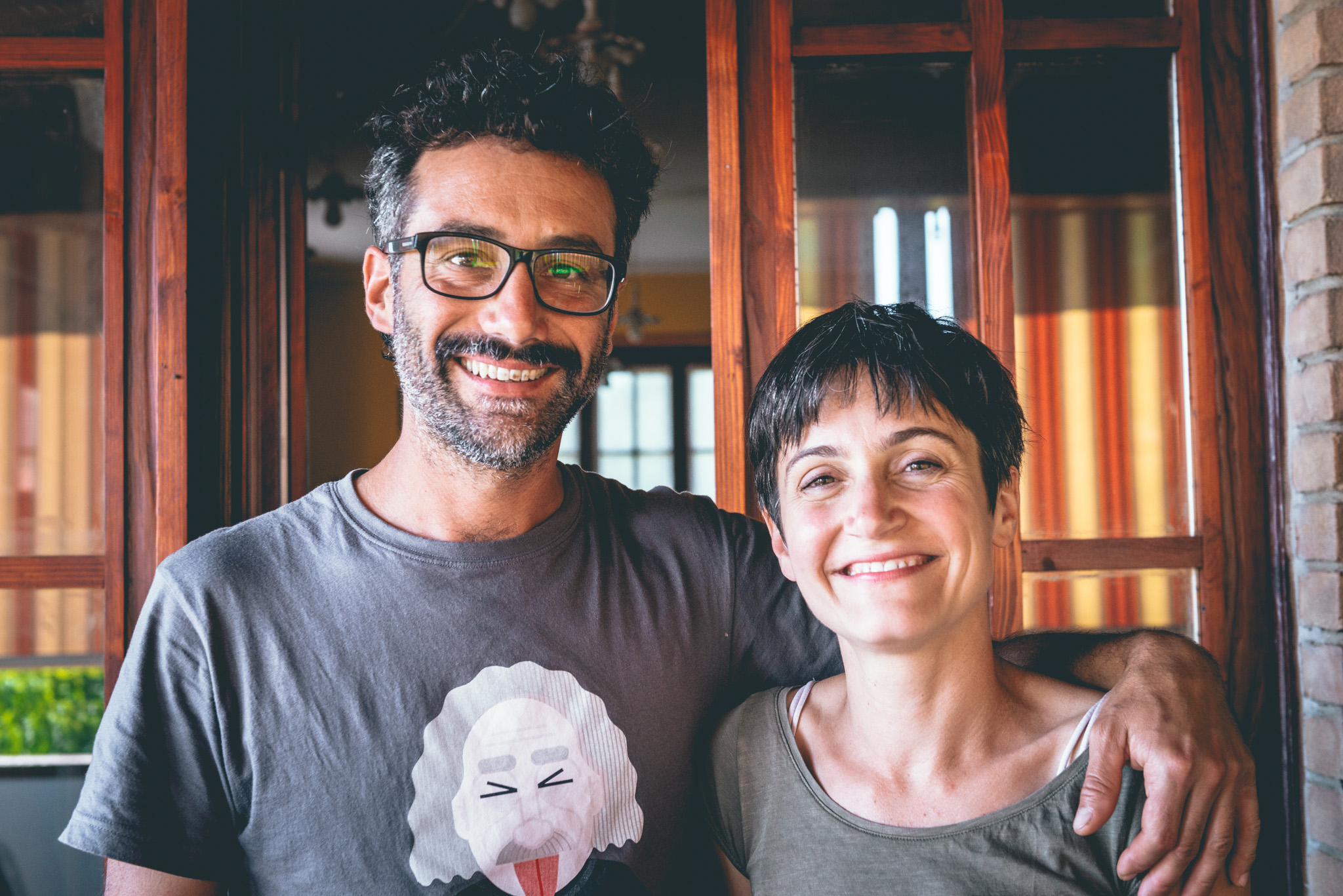

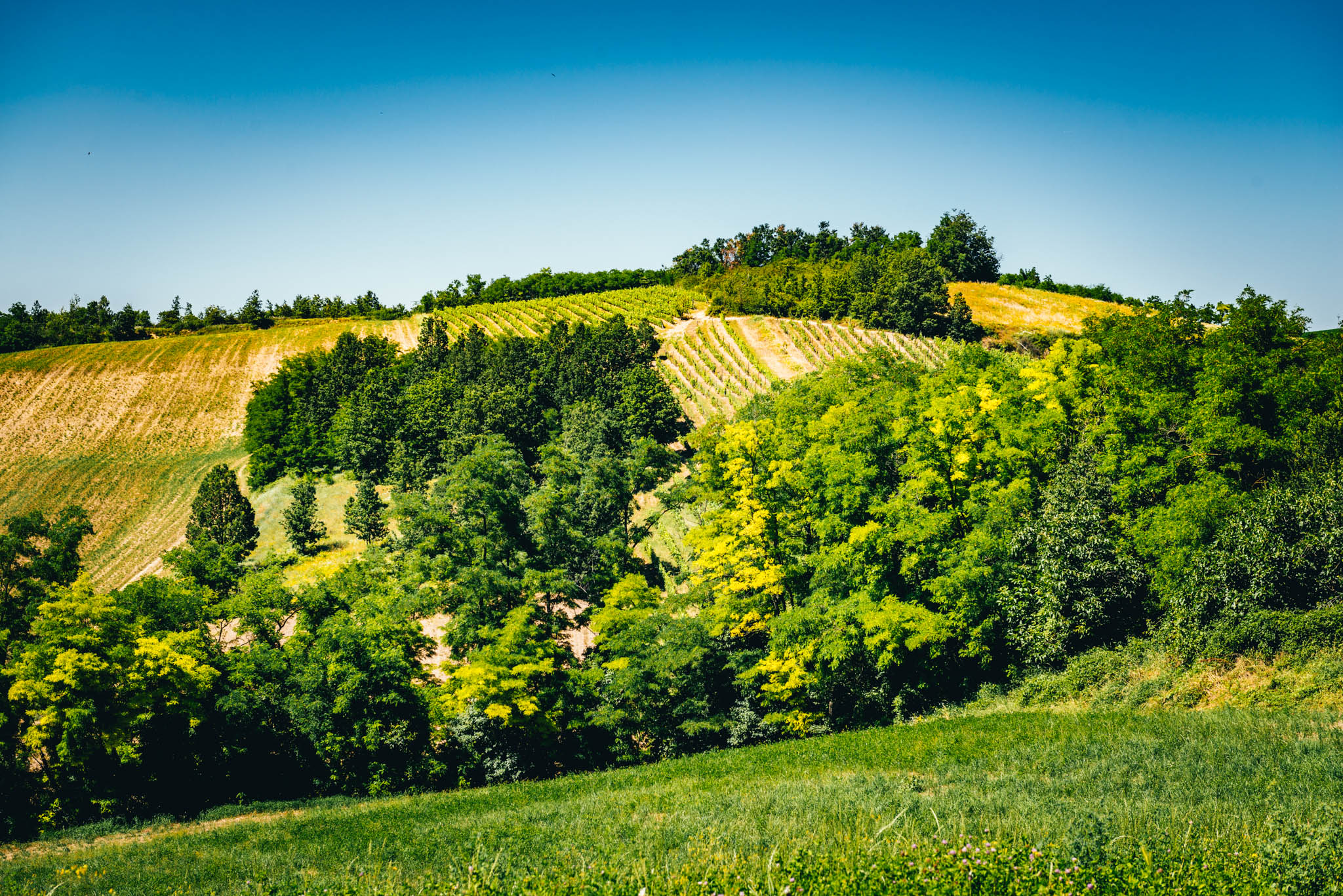
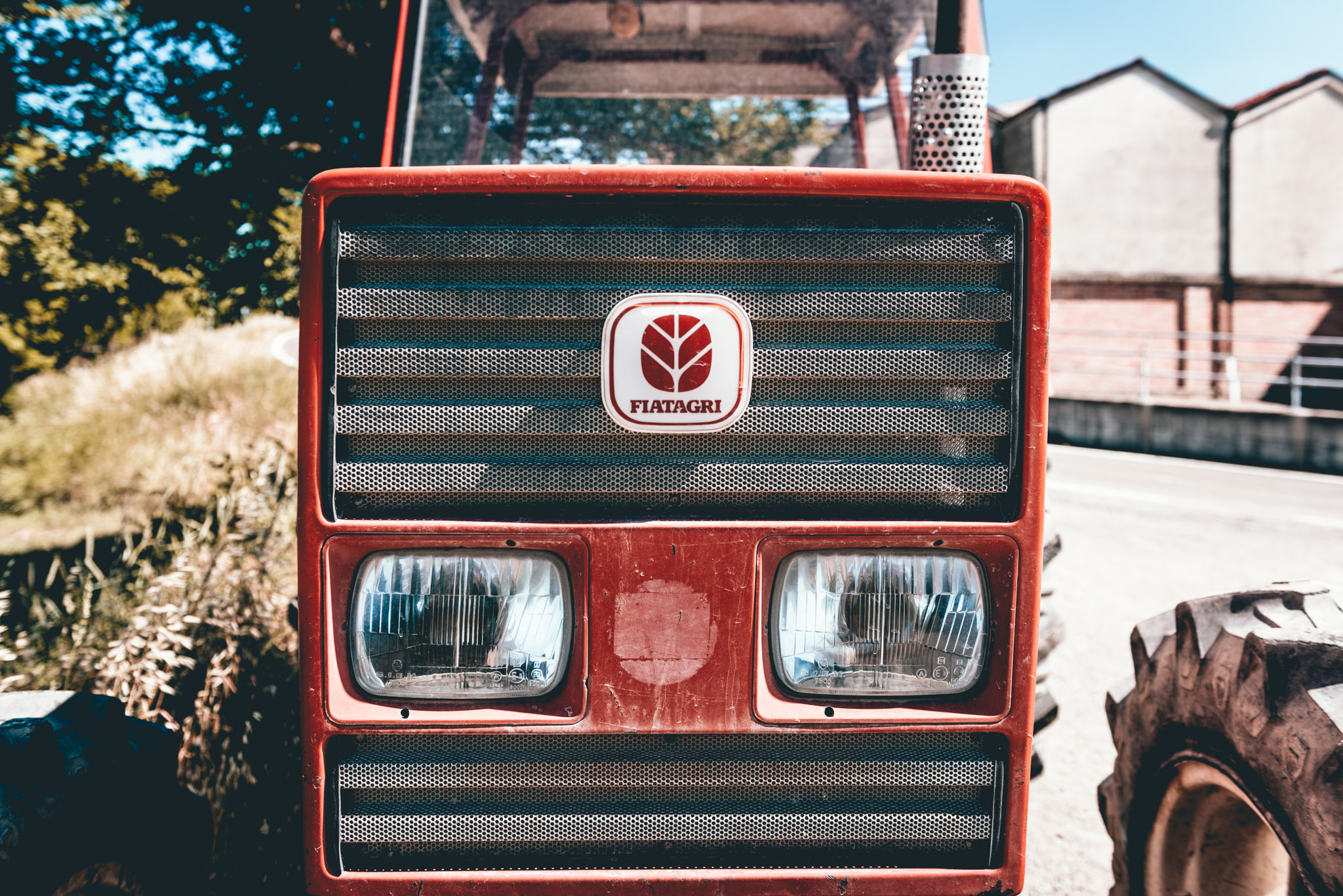
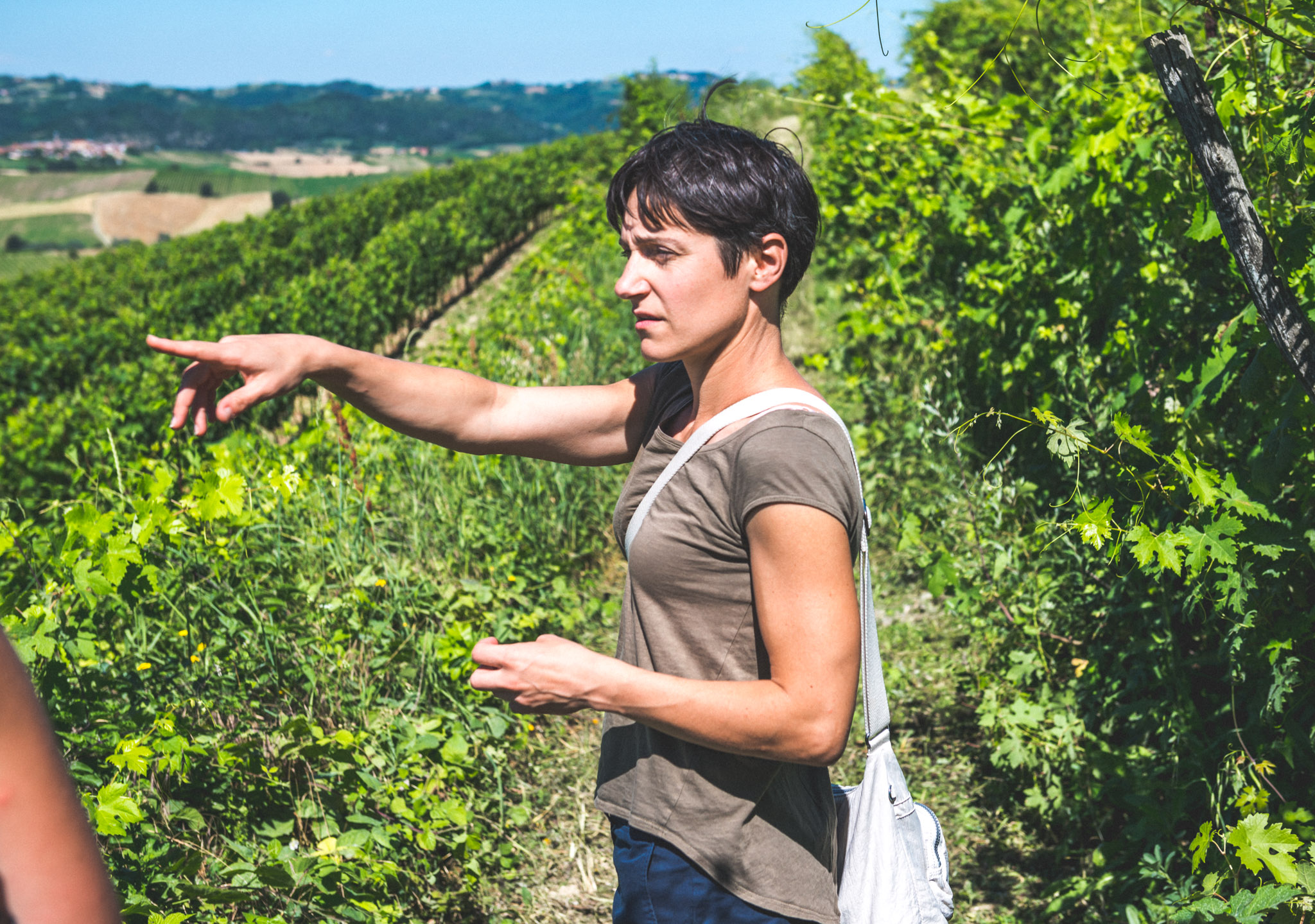
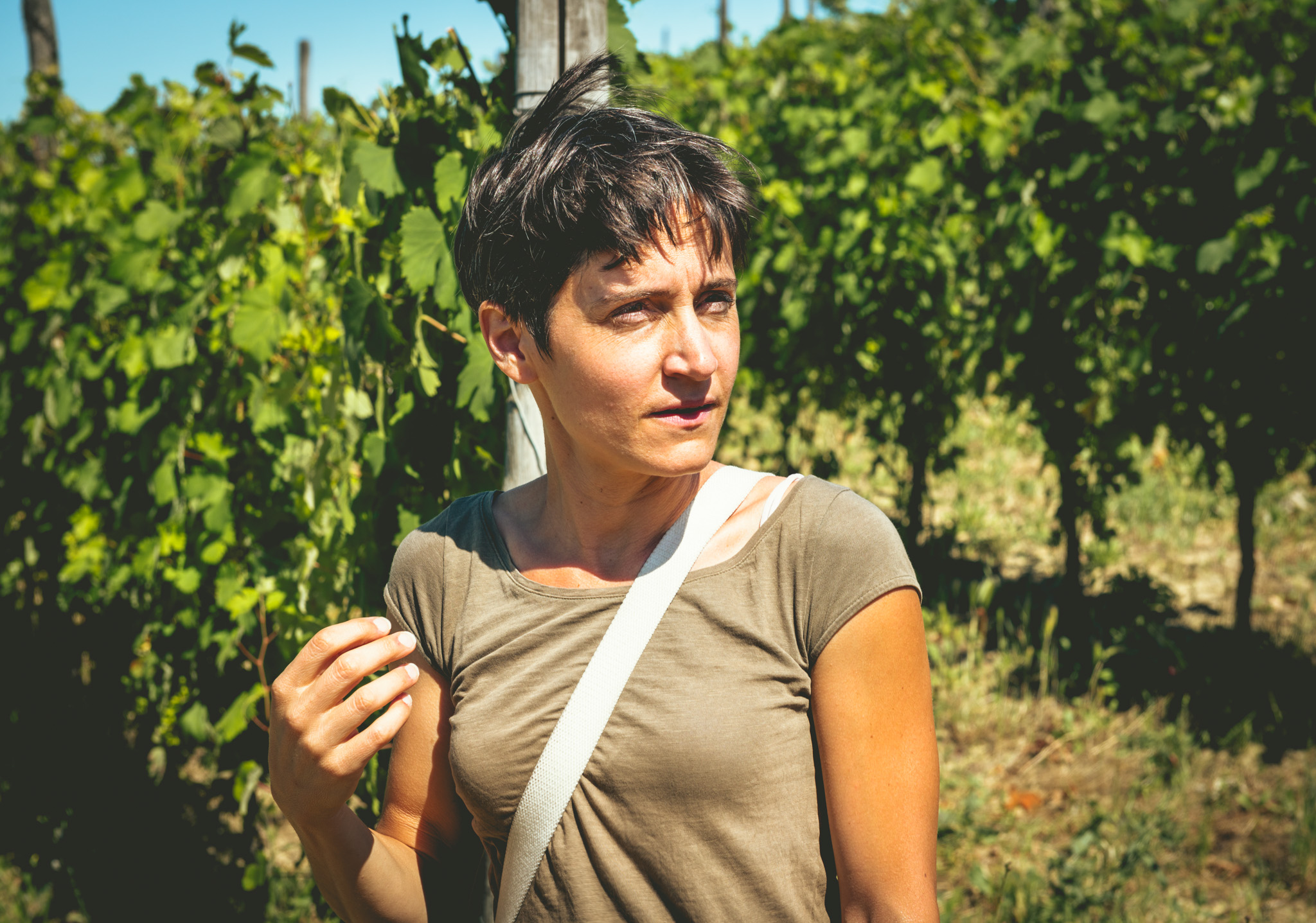
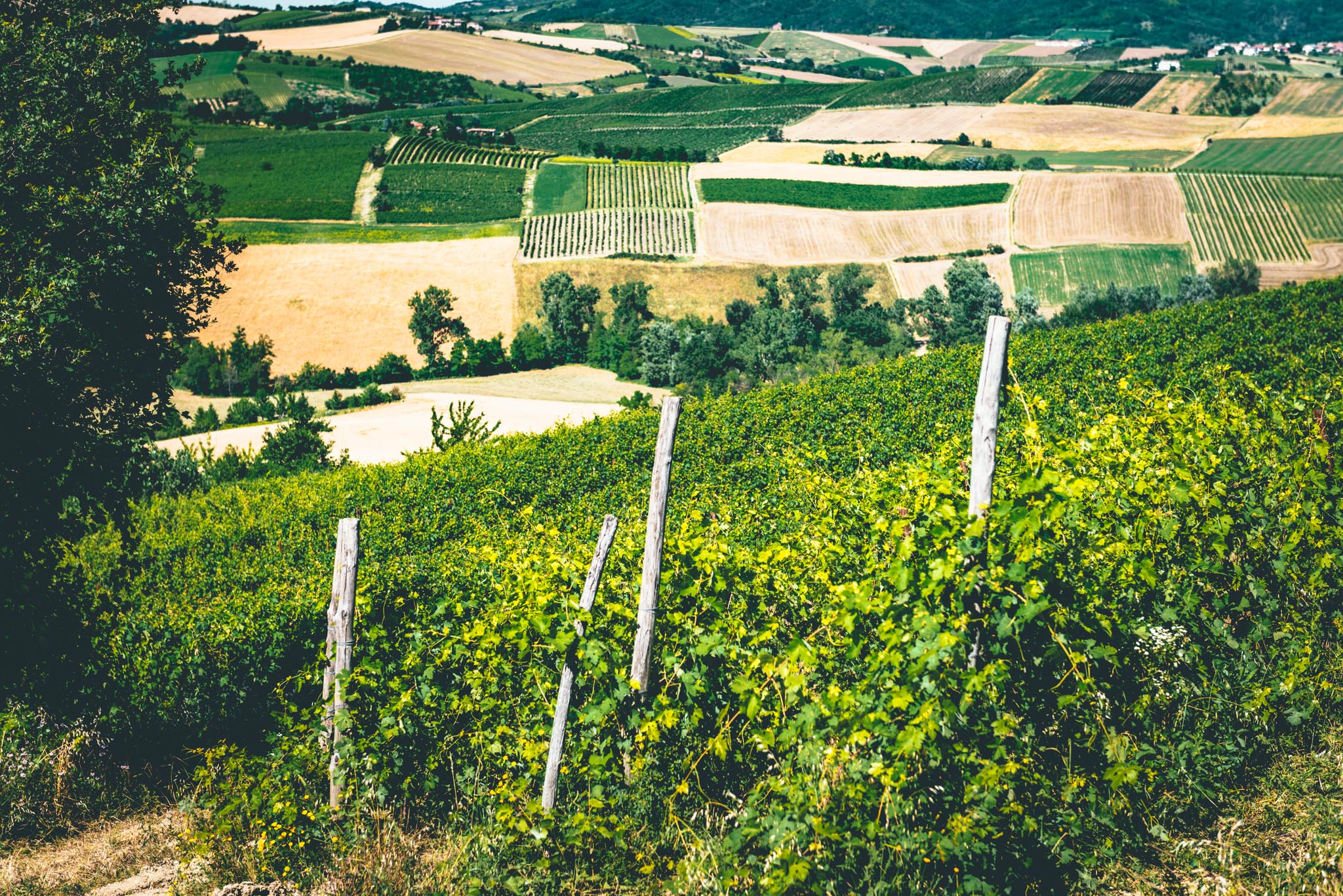

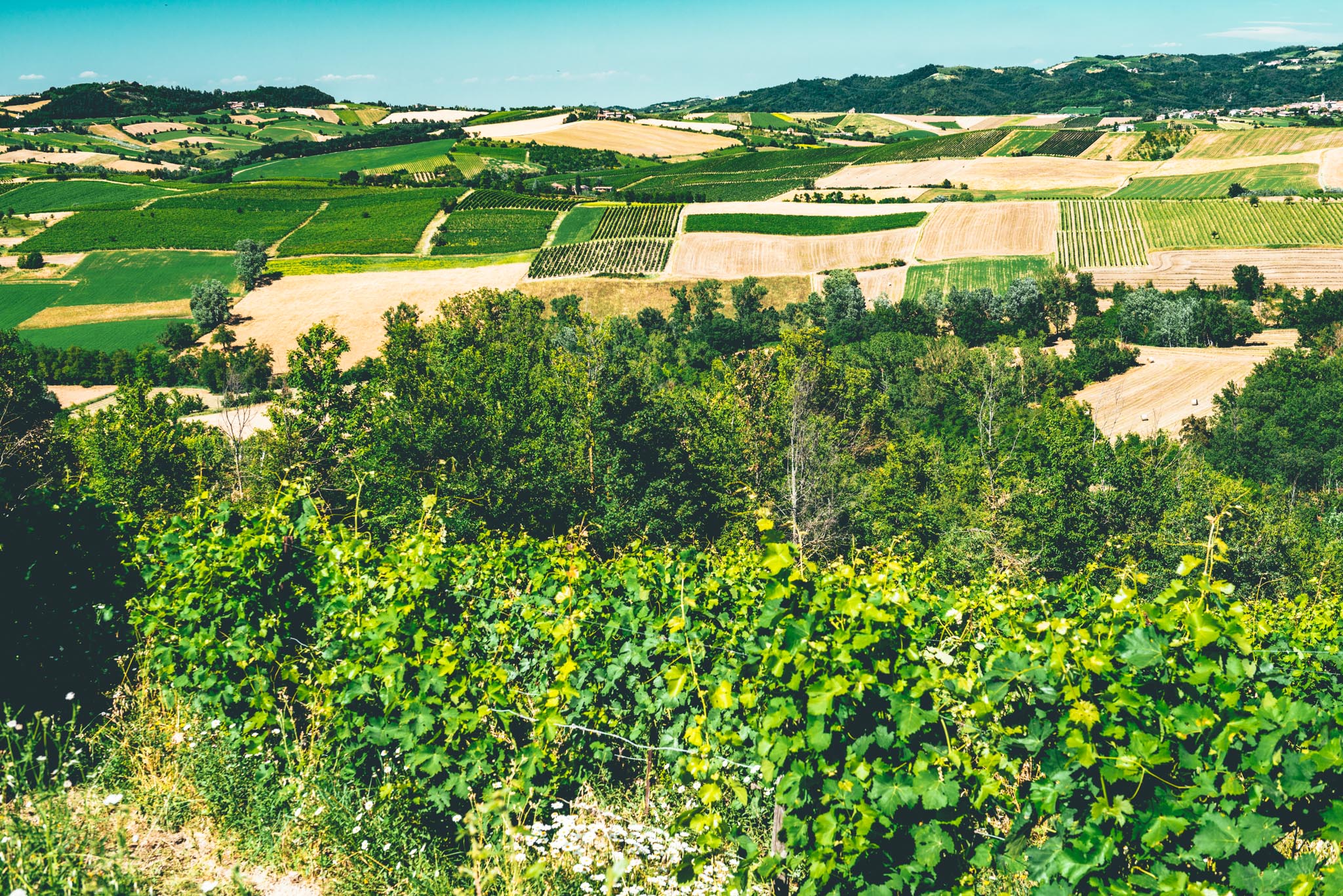
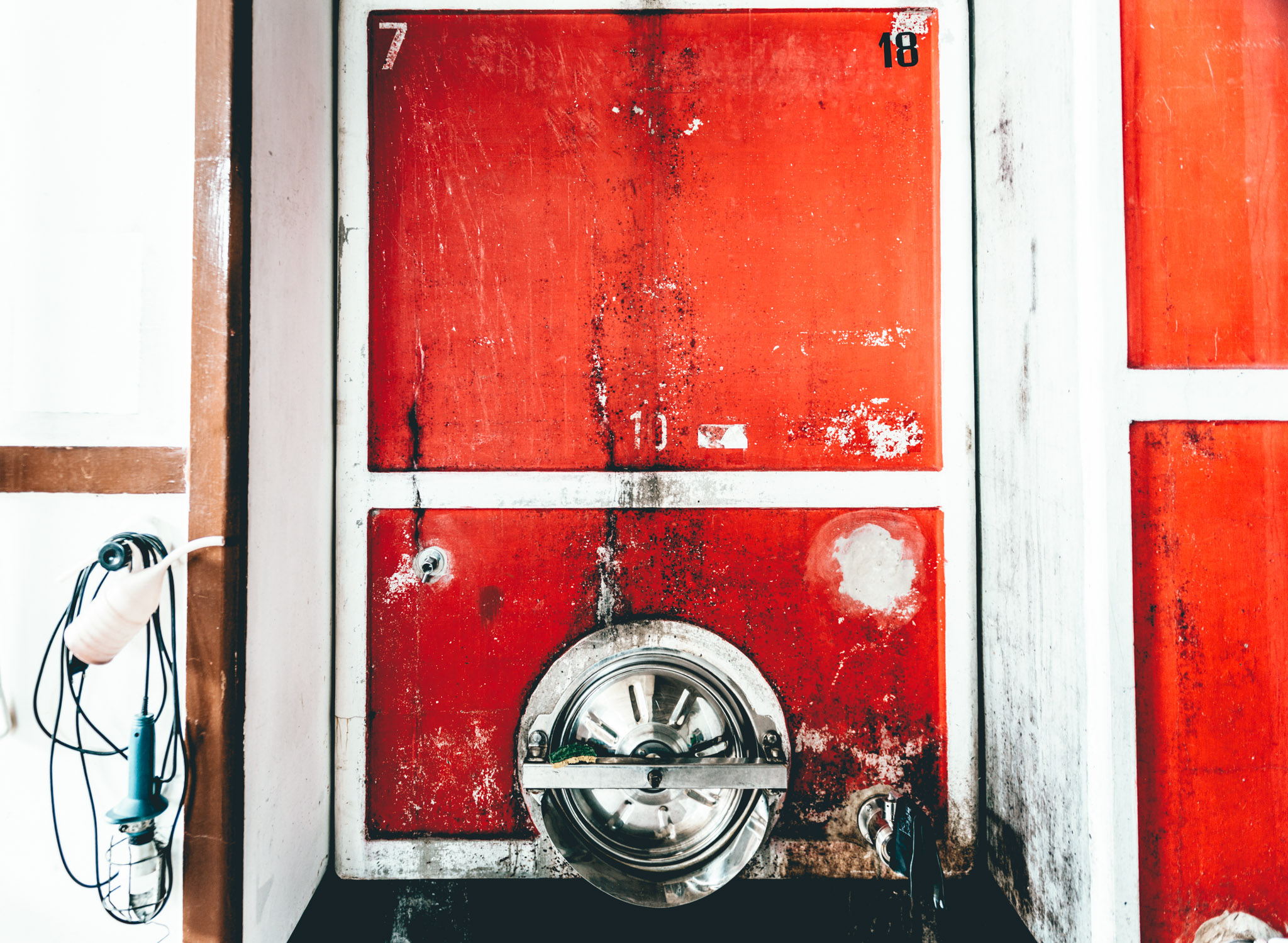
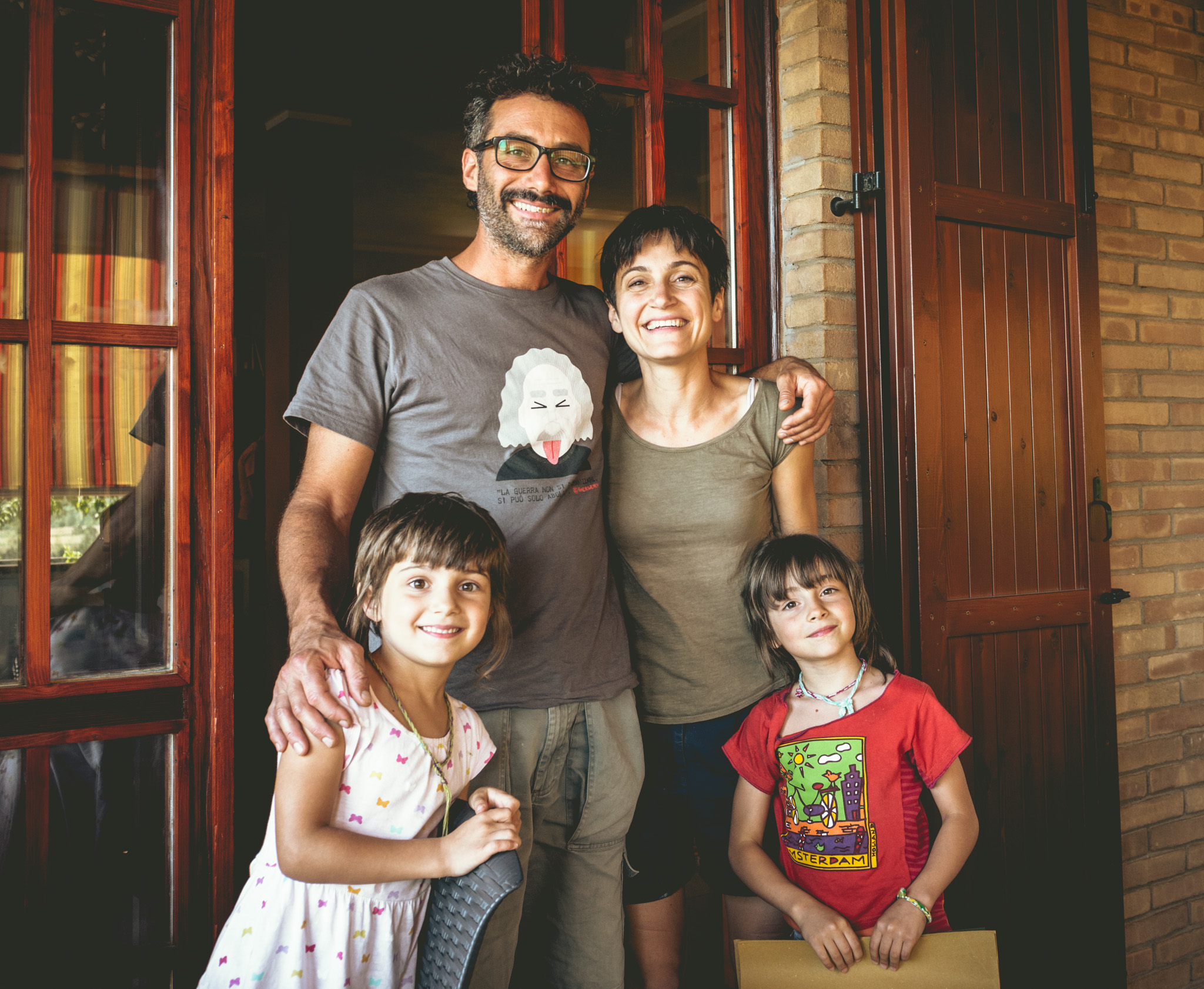
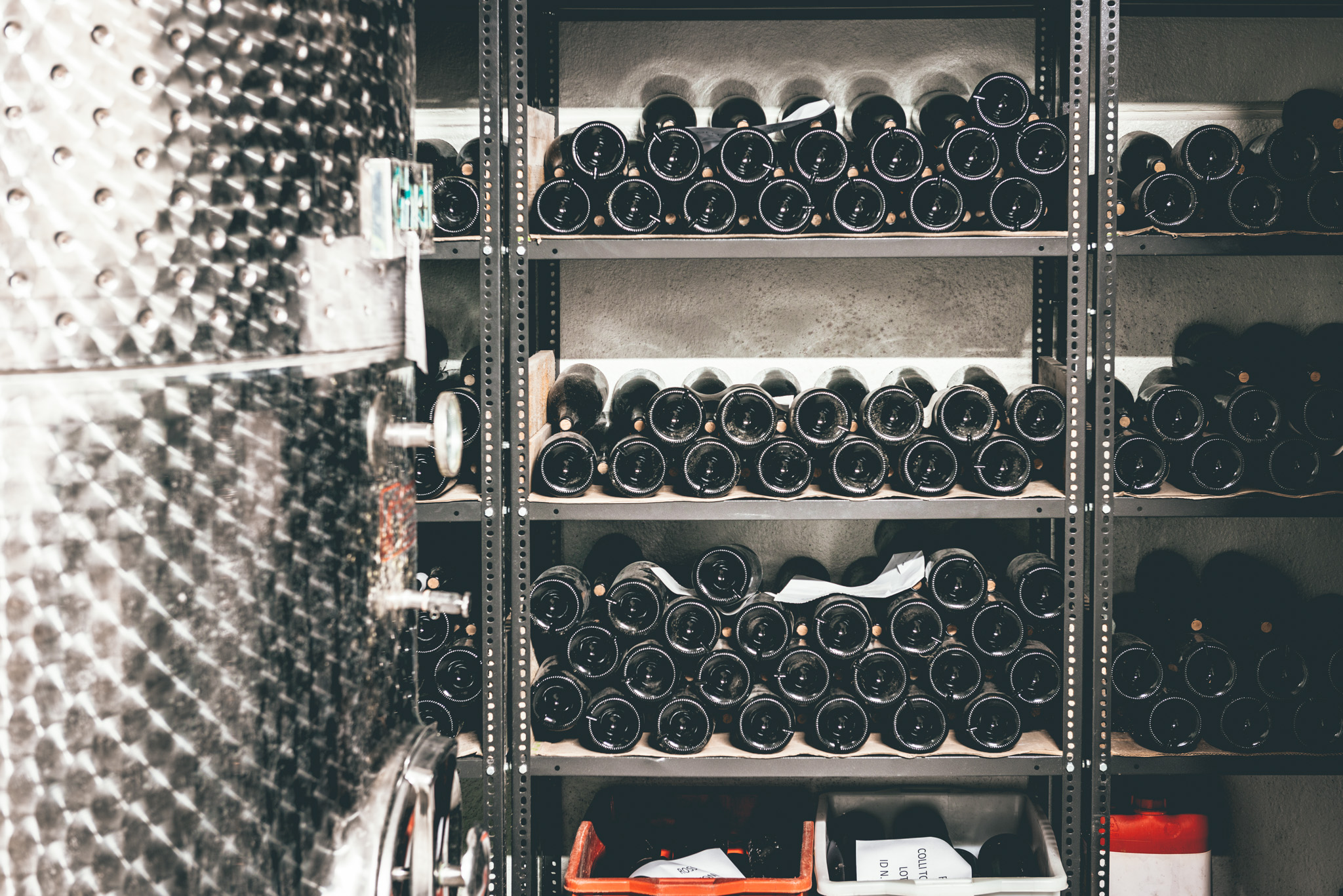
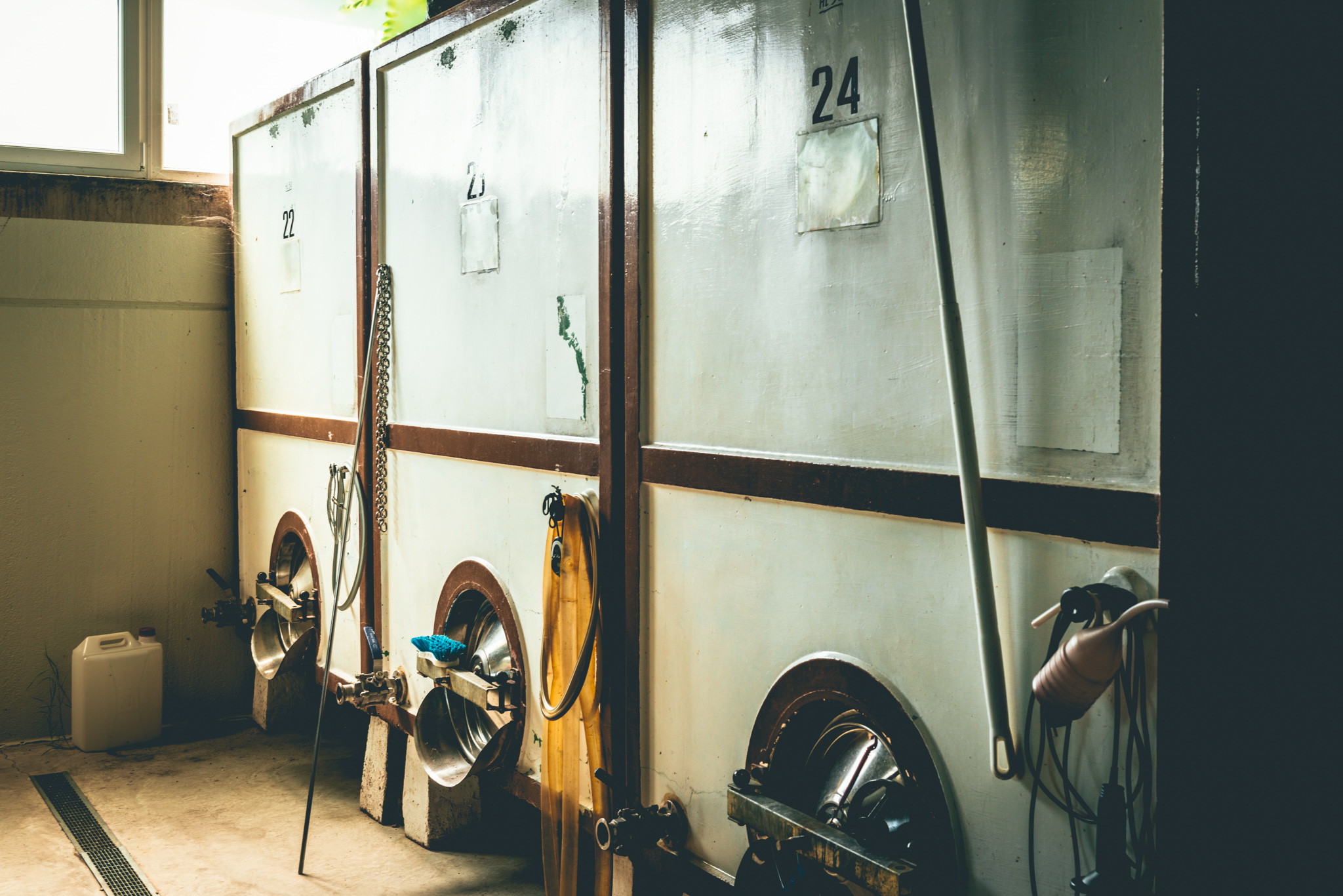

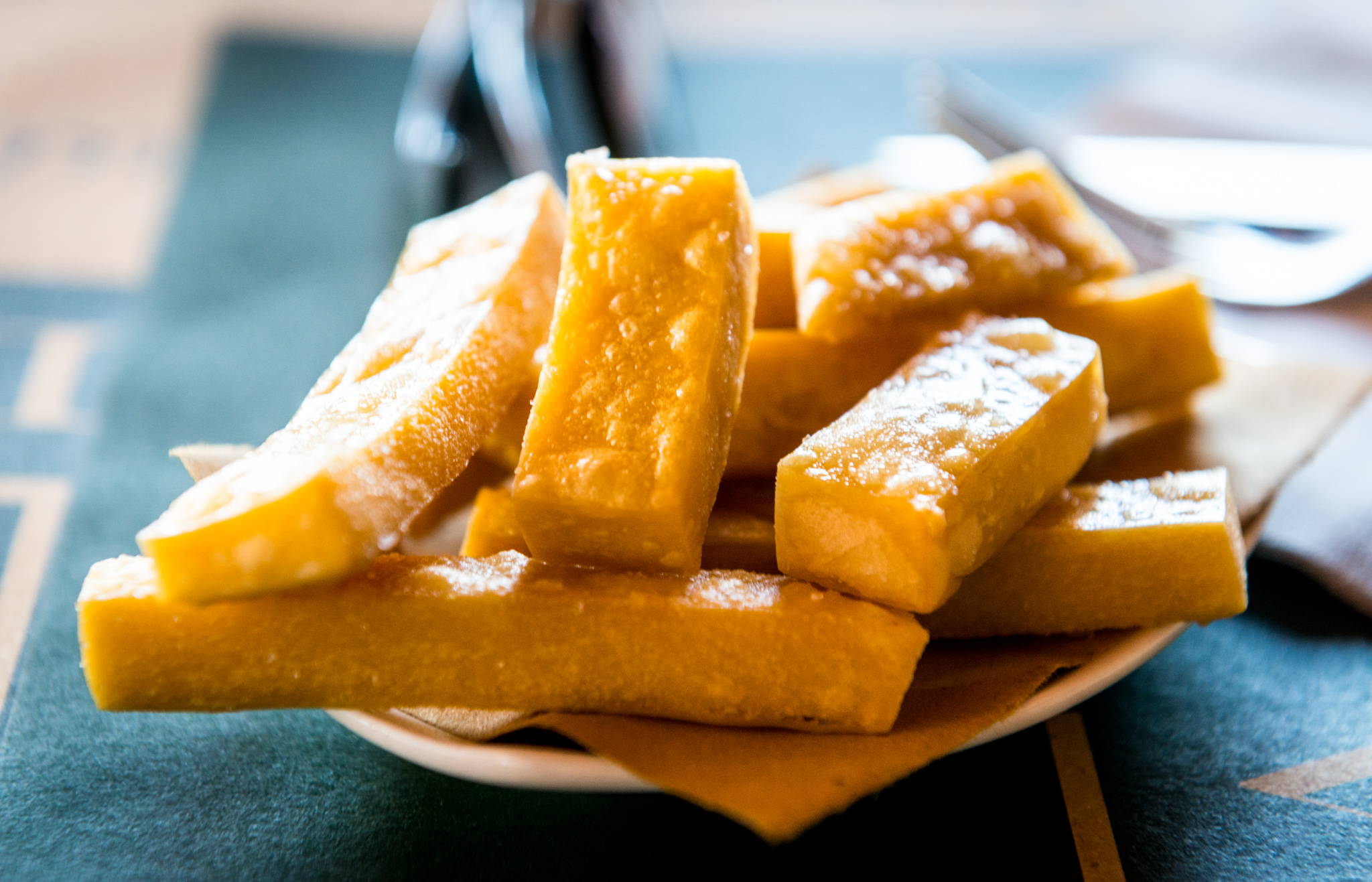
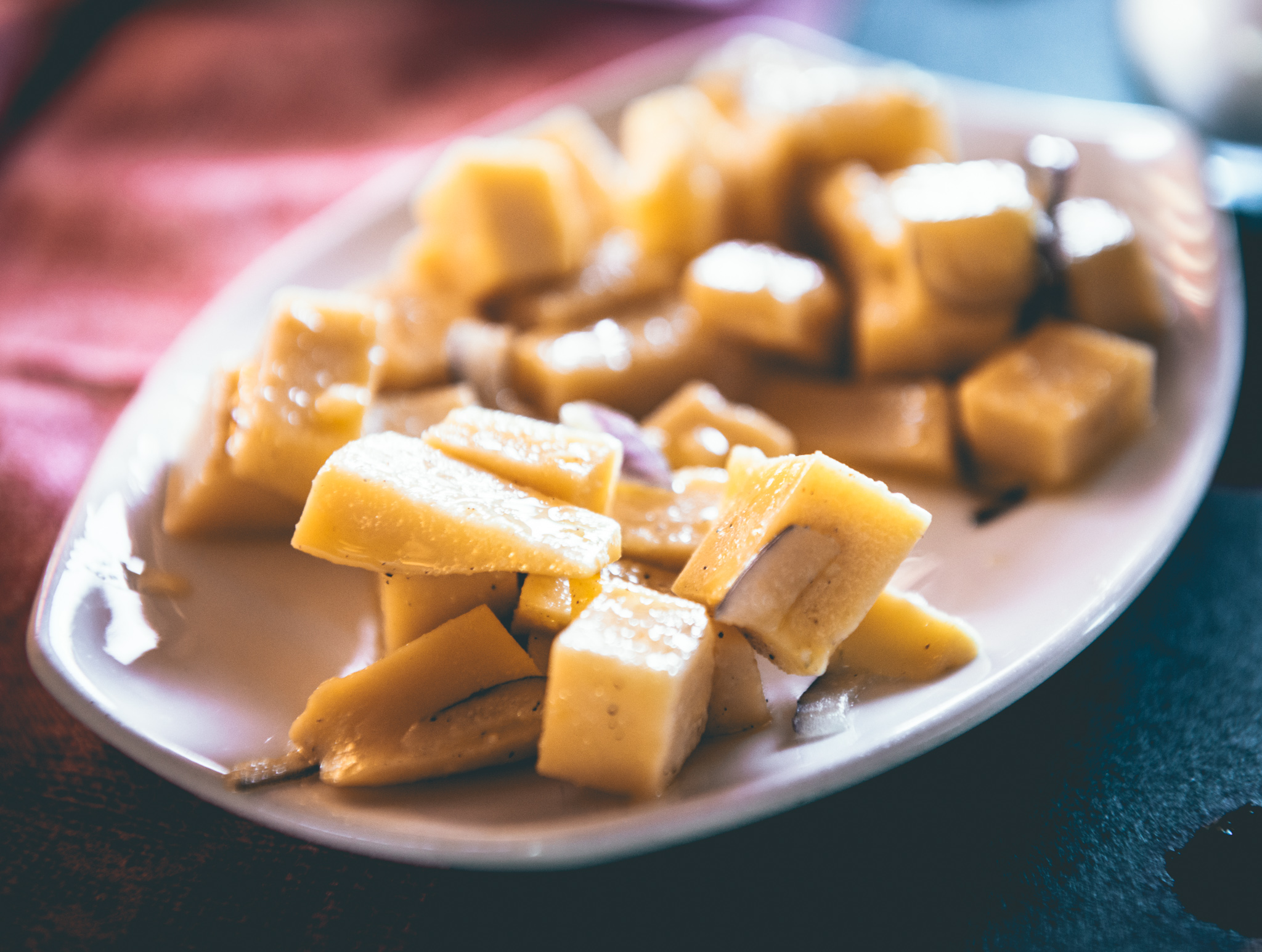
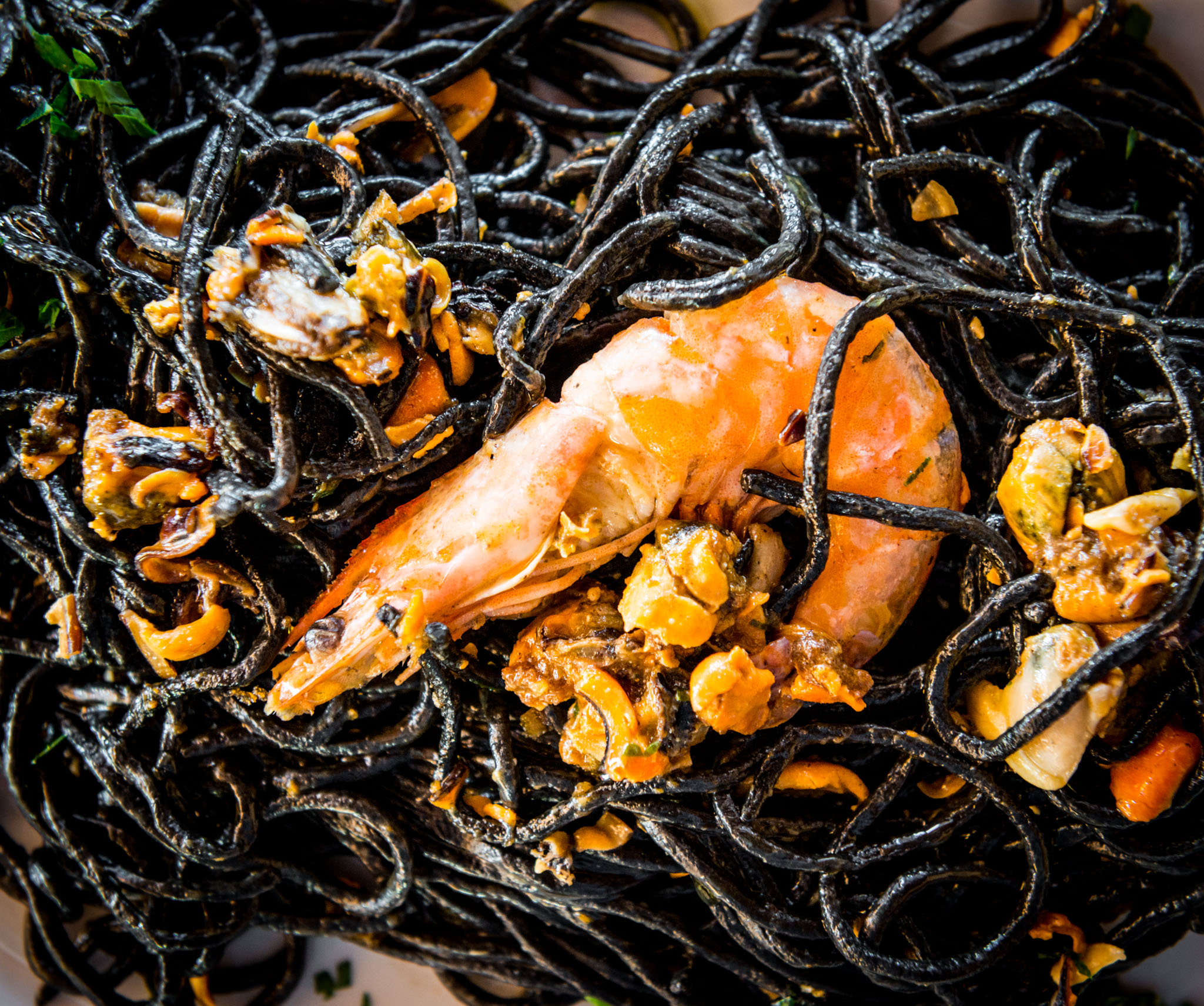
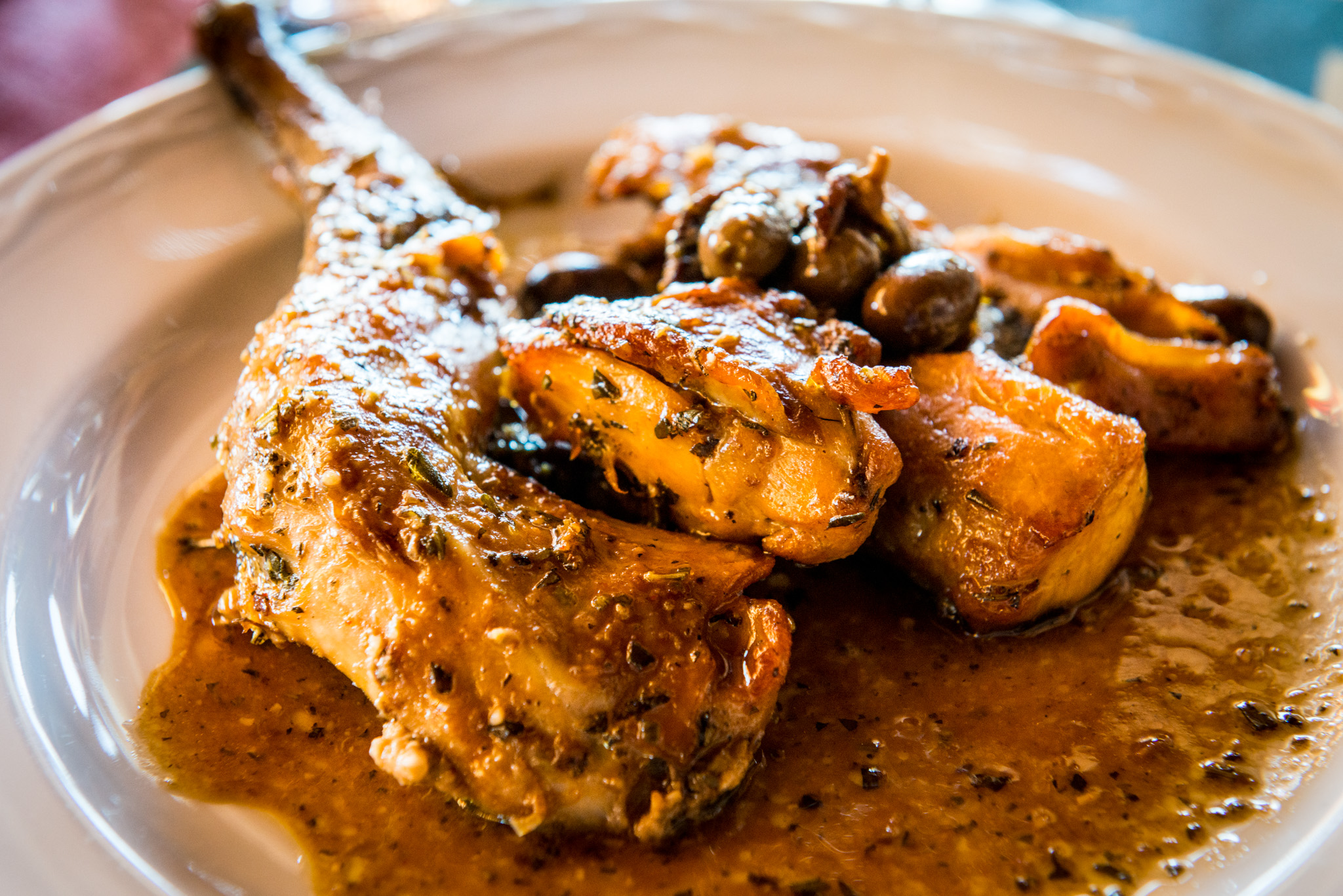
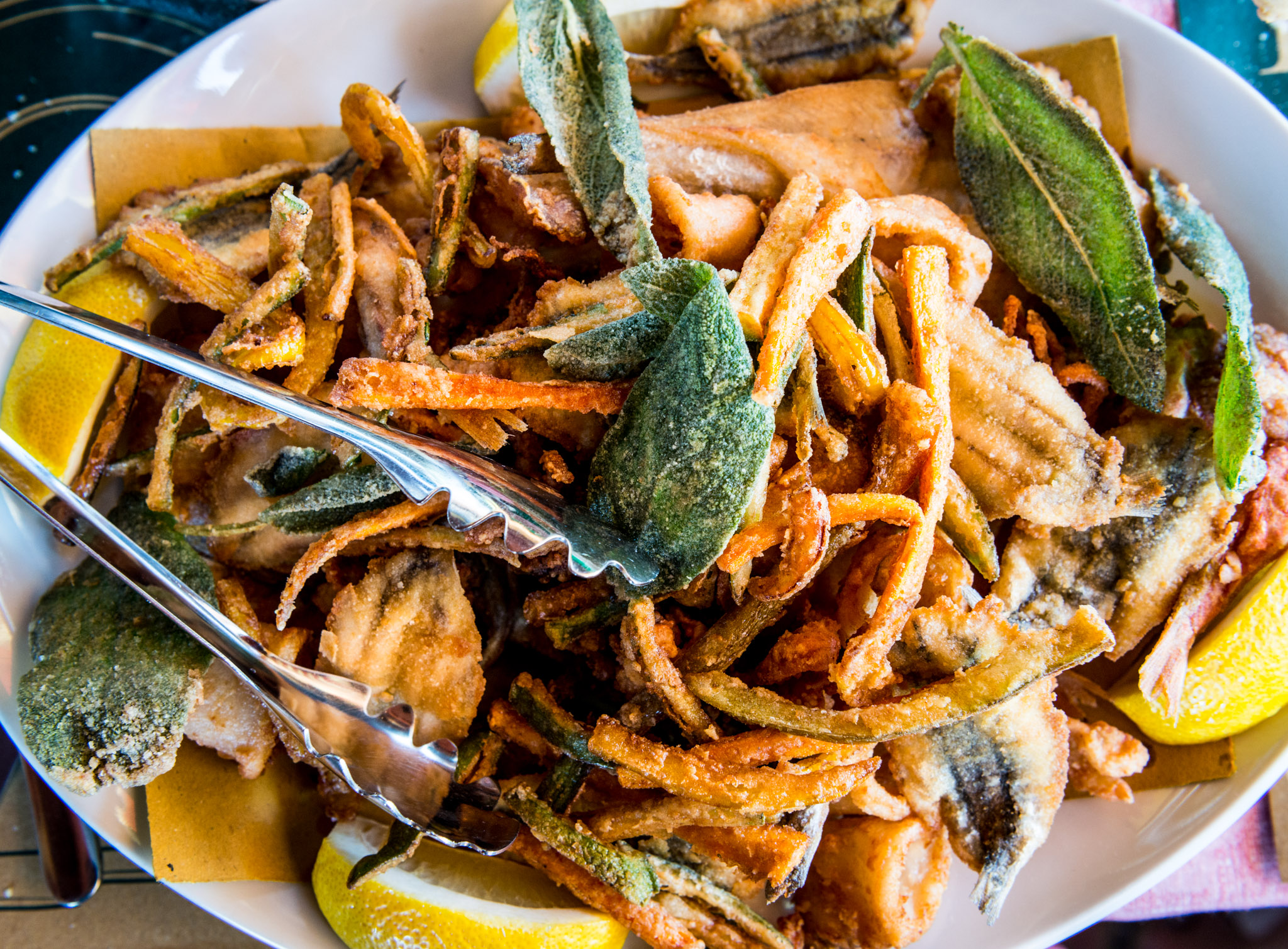
Oltretorrente
Who: Chiara Penati and Michele Conoscente
Where: Paderna, near Tortona (Piemonte, Italy)
What grapes: Timorasso, Cortese, Barbera, Dolcetto
Key facts: A young wine-obsessed couple from Milan and their two kids are starting a new organic farm in sleepy Paderna. So far the results are really exciting! Vines from 15 to 100 years old.
Oltretorrente Bianco Colli Tortonesi DOC
Viticulture: Organic
Soil type: Calcareous-Clay & Calcareous Limestone
Elevation: 300m southern and northern exposure
Grapes: Equal parts Cortese and Favorita, lower quantities of Timorasso, Moscato and other white Piedmont varieties ( average age of vines 50 years old )
Method of fermentation: No de-stemming, whole grape put in the pneumatic press, fermentation in temperature controlled tanks. Aged in stainless steel for around 6 months.
Oltretorrente Bianco seems like this one is too delicious to stick around. Granny Smith apple, taut, mineral. It’s a blend of equal parts Cortese and Favorita, alongside small amounts of Timorasso, Moscato and other white Piedmont varieties. Average vine age for this affordable, glass-pour-priced white is 50 years old. That’s pretty special! I opened a six-year-old bottle recently and it tasted of coconut, vanilla, candle wax, and creamsicle. — JM
Oltretorrente Timorasso Colli Tortonesi DOC
Viticulture: Organic
Soil type: Calcareous Limestone
Elevation: 300m northern exposure
Grapes: Timorasso ( a combination of a 20 year old vineyard and new vineyards )
Method of fermentation: No de-stemming, whole grape put in the pneumatic press, fermentation in temperature controlled tanks. Aged in concrete for about 10 months.
The Timorasso has lots of lemon custard and almond aromas, also apple and herb, and a super stony long finish that to me is pretty close to perfect. Made with cooled whole clusters of grapes gently crushed in a pneumatic press, the wine has real ageability, and in the meantime you could serve it with almost any fish. In Italy I’d love to try it with zuppa di aragosta, in the USA I’d settle for head-on shrimp, crawfish, or crabs. — JM
Oltretorrente Rosso Colli Tortonesi DOC
Viticulture: Organic
Soil type: Calcareous-Clay & Calcareous Limestone
Elevation: 300m northern and southern exposure
Grapes: Barbera 90% and Dolcetto 10% co-planted & fermented with small amounts of Croatina, Freisa, Slarina, Brachetto & Aleatico also co-planted ( 30 - 60 year old vines )
Method of fermentation: Grapes harvested and separated by field to preserve different field characteristics. About 1 month of skin maceration in concrete tanks and then aged for about 6 months in concrete.
Oltretorrente Barbera Superiore Colli Tortonesi DOC
Viticulture: Organic
Soil type: Calcareous-Clay
Elevation: 300m southern exposure
Grapes: Barbera ( from the oldest Oltretorrente vineyards, over 60+ years old )
Method of fermentation: Two months of maceration on the skins for two months and then aged in barrels which have been used at least three times previously for 18 months.
The Oltretorrente Barbera Superiore is made from vines that range from 60 years to a century old. The wine is a standout. Exceptional in its intensity. Really pure black fruit, not overly tannic, but definitely palate-coatingly ripe. I’d serve it with Spezzatino, or if you are feeling more Mediterranean, Malloreddus alla Campidanese. — JM
Oltretorrente Update: 12/14/21
It has been two years since we last visited Oltretorrente. I feel closer to Chiara and Michele than the long absence would suggest. Partly because Chiara writes wonderfully detailed seasonal updates regarding all things Oltretorrente. Also the farm is 60km due north along the A7 from Genoa, a city that took over my imagination the first time I got lost in its narrow winding streets. Culturally, sleepy Paderna is a world away, but its open rolling agrarian landscape feels the effect of the sea almost as much as Genoa. The sun and the air make me crave fritto misto, and Timorasso! Or Cortese.
This small farm has struggled financially during Covid, in the sense that the global slowdown has impacted their plans to build a larger cellar and consolidate all the winery’s operations under one roof. Right now they are forced to work inefficiently in the cellar(s) and to grow their farm’s footprint a hectare or two at a time. As fortysomethings, Chiara and Michele are in the prime of their working lives. I hope we can build a fanbase for Oltretorrente’s exceptionally delicious bottlings in North Carolina, to make the future of their crazy endeavor a little easier.
The cellar is an example of inefficiency at its finest, three tiny old stone rooms stacked on top of each other, with disconnected spaces around the village for bottle storage. Soon they will move the warehousing of wine to one larger location. “Right now we have wine everywhere in Paderna!” Chiara says. The small cool underground cellar that houses the remnants of last year’s vintage will become a room for keeping reserve wines. Currently they have no space to age anything, in a few days when Michele bottles the 2013 whites and 2012 reds the room will be totally filled up.
Chiara is from Milan. The choice in 2010 to move to Paderna was a little random: they considered Oltrepo Pavese, (“too expensive!”) Le Marche, many more. I think it’s clear Colli Tortonesi is the right choice, even if hoped-for funding from the local authorities never materialized. “We thought they would give us (a grant) to start something new in Paderna. Now that seems unlikely.” In spite of nonexistent financial backing, the couple managed recently to purchase an additional hectare of 100-year-old vines, and will probably buy another small north-facing parcel from an old farmer who currently rents it to them. “He keeps threatening to rip up the vines,” which is an unsubtle rural negotiation tactic. Today Oltretorrente has 5 hectares to utilize, and will make about 15,000 bottles this year. That’s up from 5,000 in the first year, 10,000 in the second… the goal is to get the estate to 30,000 bottles eventually. Ambitious, but it’s a good size, and I think they’ll make it.
They had to pick a farm somewhere. Chiara had studied at the university in Milan, got her PhD and took a year-long spot at a university in the Netherlands. It was clear to her that positions in academia in Milan were unlikely to be forthcoming. Perhaps the school retains one too many tenured professors teaching conventional viticulture from a different era. And Michele was always making wine elsewhere in Italy: the couple needed to find a place of their own.
Chiara likes raising two small kids in a village where all the locals eat lunch together in the only restaurant. “Everybody knows your business (and has opinions) but you would never starve.” And the kids still see plenty of Milan, diverse perspectives to absorb.
We talk about everything: it’s pretty easy with Chiara. I’m on their side. Through lunch and a nice walk up steep north and south facing Timorasso, Cortese, Barbera and Dolcetto vineyards I get closer to her philosophy. They use minimal sulfur, around 30mg per liter for their white wines. One day they might experiment with an orange wine, but she says lower sulfur “is like playing Russian roulette in reverse. Occasionally it works out but usually….” I pretty much agree. A tiny amount of sulfur strikes me as reasonable, not dogmatic or dangerous.
They are organic in the vineyard. Honeysuckle is in full bloom on the ridge road separating their north and south facing vines. The south-facing ones border the cemetery, so I make dumb zombie jokes. Chiara says she is more afraid of working there because of wild boar. The cellar has a couple rows of 5-hectoliter concrete tanks. There is squeaky-clean stainless steel upstairs with new white (and red) wine in it, and a small stack of mostly second and third use barriques in the cellar. They make all the reds as individual crus, then blend. The 100-year-old Barbera is ridiculously fruity, the 60-year-old Barbera parcel is more structured, with secondary flavors of smoke and spice. It’s an estate of 10+ tiny parcels, so blending them together is the only sane way to make the wine.
They are young, they don’t really have any money, and they make wine in a place probably smaller than your garage. I can tell Chiara really likes Paderna, and it’s easy to do business with people who share your viewpoint and aesthetic. I see Fugazi, Iron Maiden and Fela Kuti cds on the shelf of their apartment, which is attached to the side of the church at the top of Paderna. It’s a house with amazing views in every direction and architectural potential that doesn’t exist where we live, as far as I can tell.
I can’t really get more excited about an estate without needing a brown paper bag to breathe into. The Timorasso is a special wine, saline and bright and ripe. We will sell lots of their richly appley Cortese and a cool, clean vino rosso, but for some of you Timorasso will become wine crack. I know I will have a hard time letting go of it, except I want to create a scarcity of these wines in their cellar and in our warehouse. Awesome people, youngish, full of energy, working 24-7 with two little kids in tow. They are going for it and trying not to think too much about how crazy this project is. Because Michele and Chiara are really obsessed with wine. They collect it like you and I do, it’s a mission/life’s work, the path they are on. It probably feels like the thing they have to do. This place really is the best. And there is a badger on the label.
3/15/17 update:
I am happy that visits to Oltretorrente are mostly walks in the countryside with Chiara. But first I have to find her. I don’t know why we didn’t make a precise plan when we met at Sorgente del Vino. I mentioned that I’d be in Paderna and accepted an invitation to lunch. No additional information was shared. The community is small enough that I can find the old cellar and the new cellar, and I know where Chiara and Michele live, easy to spot because it’s attached to the village church. Chiara was at home. I parked my car under the bell tower as it began to chime. “It goes all through the night,” Chiara said with a small smile. I wonder when you stop hearing it.
We began in full attire, coats and sweaters, Chiara had a scarf. The night had been clear and cold, there was purity to air and sky. Unfettered sunlight tracked us, refracted by rock and light soil. We progressively shed layers. On the track to a parcel of Timorasso planted across a small valley from the Oltretorrente warehouse/cellar I sloughed garments until I was in shirt sleeves, and still a little too damp. The little patch is one of the remaining unchanged pieces of a landscape once covered in vineyard. Another parcel sits quietly untended down the hill. I asked Chiara if it is hers. The answer was a rueful no. “But the owner is old….” She laughs.
Chiara laughs a lot. It’s not a big carefree laugh. More measured, sprung from a quick wit, a churning intellect, keen understanding of the mild absurdity of ambitious projects at Oltretorrente. I think Chiara has a rich interior life. She’s smart. I value her insight into the changing colli Toronesi. As recently as the 1960s and 70s the land around Paderna was all vineyard. Today only the best parcels remain: much is hay. The region isn’t Asti or Alba and it was never possible to make a lot of money producing wine here. In the latter half of the 20th century farmers did well enough selling bulk wine to send their children to university, many of those kids made the economically sensible decision to pursue employment elsewhere, leaving dwindling vineyards tended by greying seniors and newcomers like Chiara. Of which now there are more than a handful! At lunch in the wonderfully absurd and bustling theater-turned-restaurant in the middle of Paderna Chiara tells me that since they arrived from Milan eight year ago people have moved in from Ireland, Spain, even farther afield. “Our newcomers association had 60-70 members at the last meeting. “There was flamenco dancing here last week!” Michele points to the scuffed floor to corroborate this wild claim.
The warehouse is a mess. Any moment now they will begin pouring new concrete floors, sloped and with with drains to make cleaning easier: a proper winery. Today Michele is sweeping around piles of dust and preparing to move tanks and wine from downstairs to upstairs. Then the work must be swift, because spring came early in Italy this year (it’s mid-March and I’m sweating) and the wine has to be put back into cool storage before temperatures rise. Chiara is worried. I understand. A lot of product is on the line.
We walked down paths of broken ceramic tile, past farmers eating lunch and riding around on motorbikes. Oltretorrente has doubled the size of their estate very quickly, to seven hectares. And today there are 110 hectares of Timorasso in commercial cultivation, divided among 35 producers. Not too long ago there was only Walter Massa and a handful of vines. Chiara’s goal is to make 10,000 bottles of Timorasso, including maybe a riserva from the first free-run juice, a wine that she could cellar for 2-3 years before release.
Wild animals keep eating their new plants, slowing progress. The have 10,000 tender young plants, delicious to deer and rabbit. The vineyards are steep enough to make us a little winded while talking and walking. We arrived at a small field of genetically diverse vines that they rented this year. “I haven’t seen it in summer, I don’t know what the plants will be like.” A few vines wear blue tags bearing their identity. “Some of these have probably become rare for good reasons!” Oltretorrente will use cuttings from the promising plants in their new fields, to enrich genetic diversity and ultimately improve the quality of their wines.
Our walk ends in Trump. Many walks in Italy in the last year have ended at this destination. There is a slow approach to the subject. We share perspectives. I don’t know if Americans who stay in America understand that Italians see Trump as their concern as well. We are “too big to fail” without their lives being profoundly altered. The conversation is not tabloid or salacious or retribution for many years of Berlusconi discourse. It is thoughtful, an exploration. Chiara is contemplative. I’m more wild, broad-brush. I’ll try to integrate a measure of her thoughtfulness into my inner monologue on life in America today. It’s constructive.




